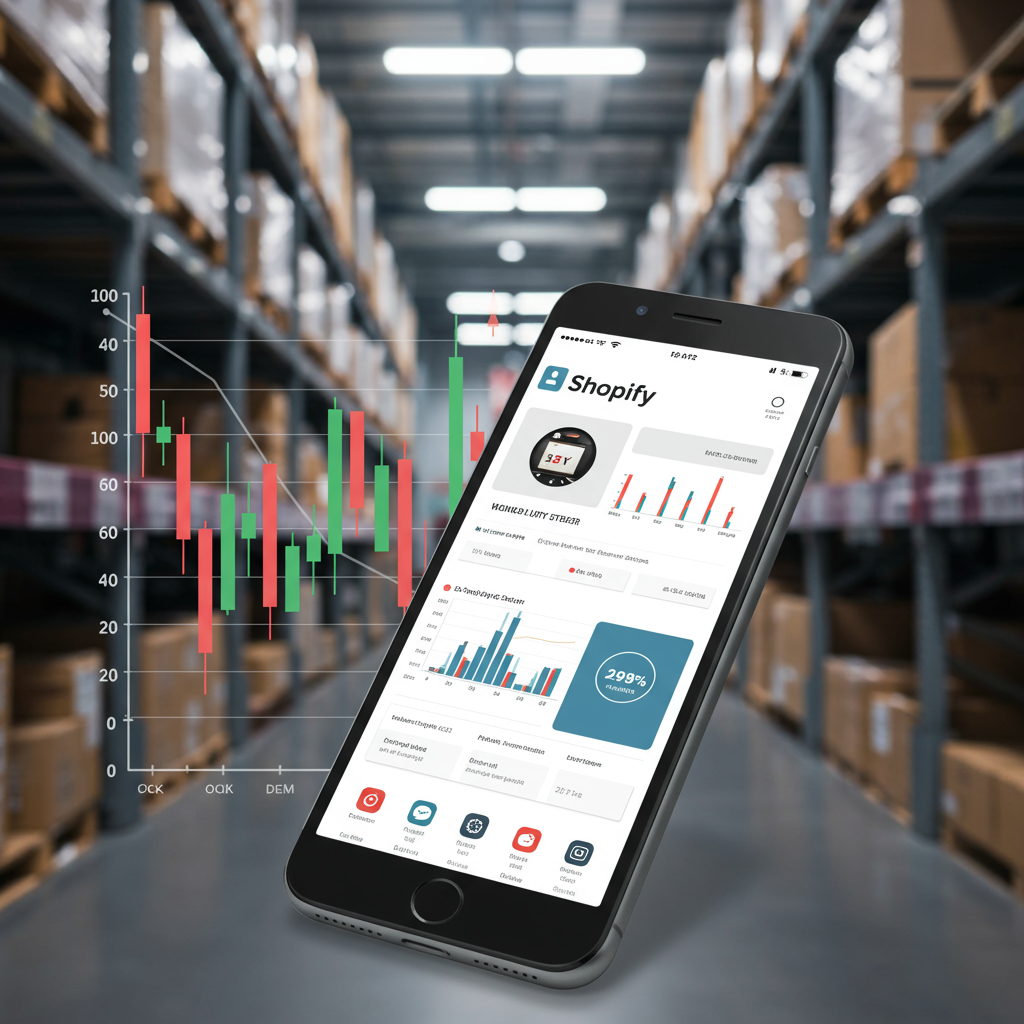Discover how real-time price adjustments can revolutionize your e-commerce business and give you a competitive edge.
Hey there, fellow Shopify merchants! Today, I want to talk about something that can truly revolutionize your e-commerce business: dynamic pricing.
In the fast-paced world of online retail, staying competitive isn’t just about having great products; it’s also about having the right price at the right time.
That’s where dynamic pricing comes in. It’s the strategy of adjusting prices in real-time based on market demand, competitor prices, customer behavior, and other external factors.
Think about it: airlines and ride-sharing services have been doing this for years. Now, this powerful strategy is more accessible than ever for Shopify store owners like us.
For us, dynamic pricing isn’t just a fancy term; it’s a pathway to maximizing profits, optimizing inventory, and gaining a significant edge over competitors.
It allows us to be agile, responding instantly to market shifts rather than being stuck with static price tags that might be leaving money on the table.
So, how does it work on Shopify? While Shopify itself doesn’t have native dynamic pricing capabilities, its robust app ecosystem fills this gap beautifully.
There are a growing number of apps designed specifically to help us implement sophisticated pricing strategies without needing to be data scientists or coding wizards.
When I started looking into this, I realized the sheer potential. Imagine automatically lowering prices on slow-moving inventory to clear it out, or raising them on high-demand items during peak seasons.
Or perhaps, offering personalized discounts to loyal customers, or matching a competitor’s price instantly to win a sale. This is all possible with the right tools.
Let’s dive into some of the types of dynamic pricing apps I’ve found particularly interesting and what features we should be looking for.
First up, we have apps focused on **competitor-based pricing**. These tools constantly monitor your rivals’ prices for similar products.
They then automatically adjust your prices to ensure you remain competitive, whether that means matching the lowest price, staying a few cents below, or even slightly above if your brand justifies it.
This is incredibly powerful for products where price is a major deciding factor for customers. It saves us countless hours of manual price checking.
Next, consider apps that leverage **demand and supply signals**. These are often more advanced, using algorithms to analyze sales velocity, inventory levels, and even external factors like weather or trending news.
If a product is flying off the shelves, the app might suggest or automatically implement a price increase. Conversely, if stock is piling up, it can recommend a price drop to stimulate sales.
This helps us optimize our inventory turnover and ensures we’re always getting the best possible price based on real-time market conditions.
Then there are apps that focus on **customer segmentation and personalization**. These go beyond just market conditions and look at individual customer behavior.
Imagine offering a returning customer a slightly better price on an item they’ve viewed multiple times, or a first-time buyer a small discount to encourage conversion.
These apps use data like browsing history, purchase history, and even geographic location to tailor pricing, creating a more personalized shopping experience that can boost loyalty and conversions.
Another category, often overlooked but equally powerful, are apps that facilitate **volume or bundle discounts**. While seemingly simple, these are a form of dynamic pricing.
They allow us to set up rules like “buy 2, get 10% off” or “spend $100, get free shipping on specific items.” These encourage larger order values and can be dynamically adjusted based on inventory or promotional goals.
When evaluating these apps, I always look for a few key features: ease of integration with Shopify, robust analytics and reporting, customizable pricing rules, and excellent customer support.
Data accuracy is paramount. We need to trust that the app is pulling the right information and making intelligent recommendations or adjustments.
It’s also crucial to consider the potential impact on customer perception. While dynamic pricing is common, transparency can sometimes be key, especially for highly variable pricing.
My advice? Start small. Experiment with one product category or a specific type of dynamic pricing strategy before rolling it out across your entire store.
The goal isn’t to constantly change prices, but to strategically optimize them for maximum benefit. It’s about being smart, not just busy.
Implementing dynamic pricing has the potential to significantly impact our bottom line, improve inventory management, and give us a competitive edge.
It’s an investment in technology that can pay dividends by ensuring we’re always selling at the optimal price.
So, what do you think about the potential of dynamic pricing for your Shopify store? I’d love to hear your thoughts!
I truly believe that embracing these tools is a step towards a more efficient and profitable future for our e-commerce businesses.
Let’s keep exploring and leveraging the incredible power of the Shopify ecosystem to grow our ventures.






